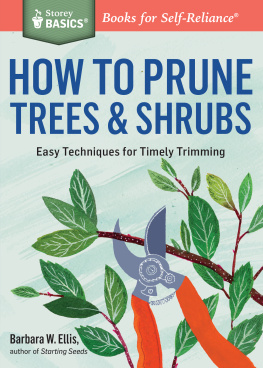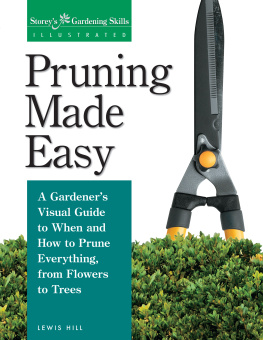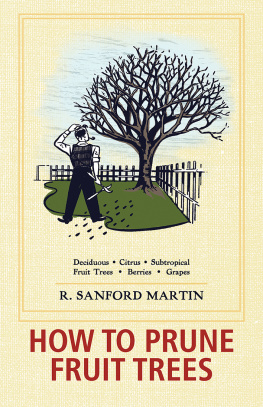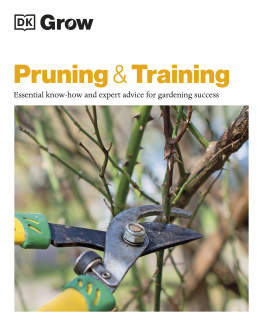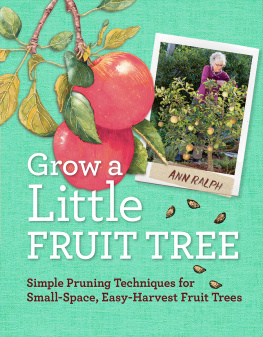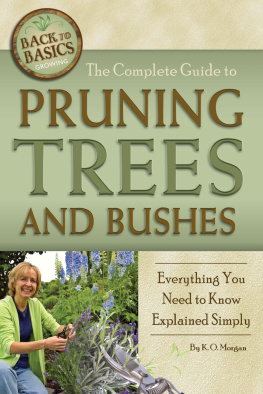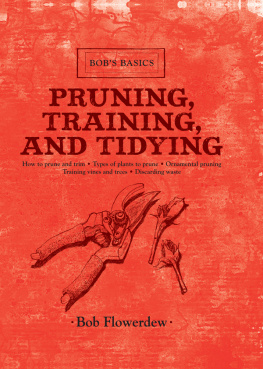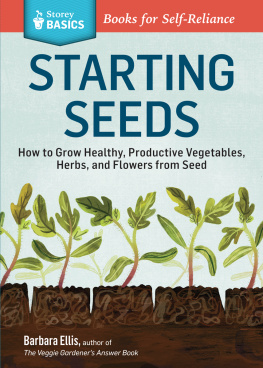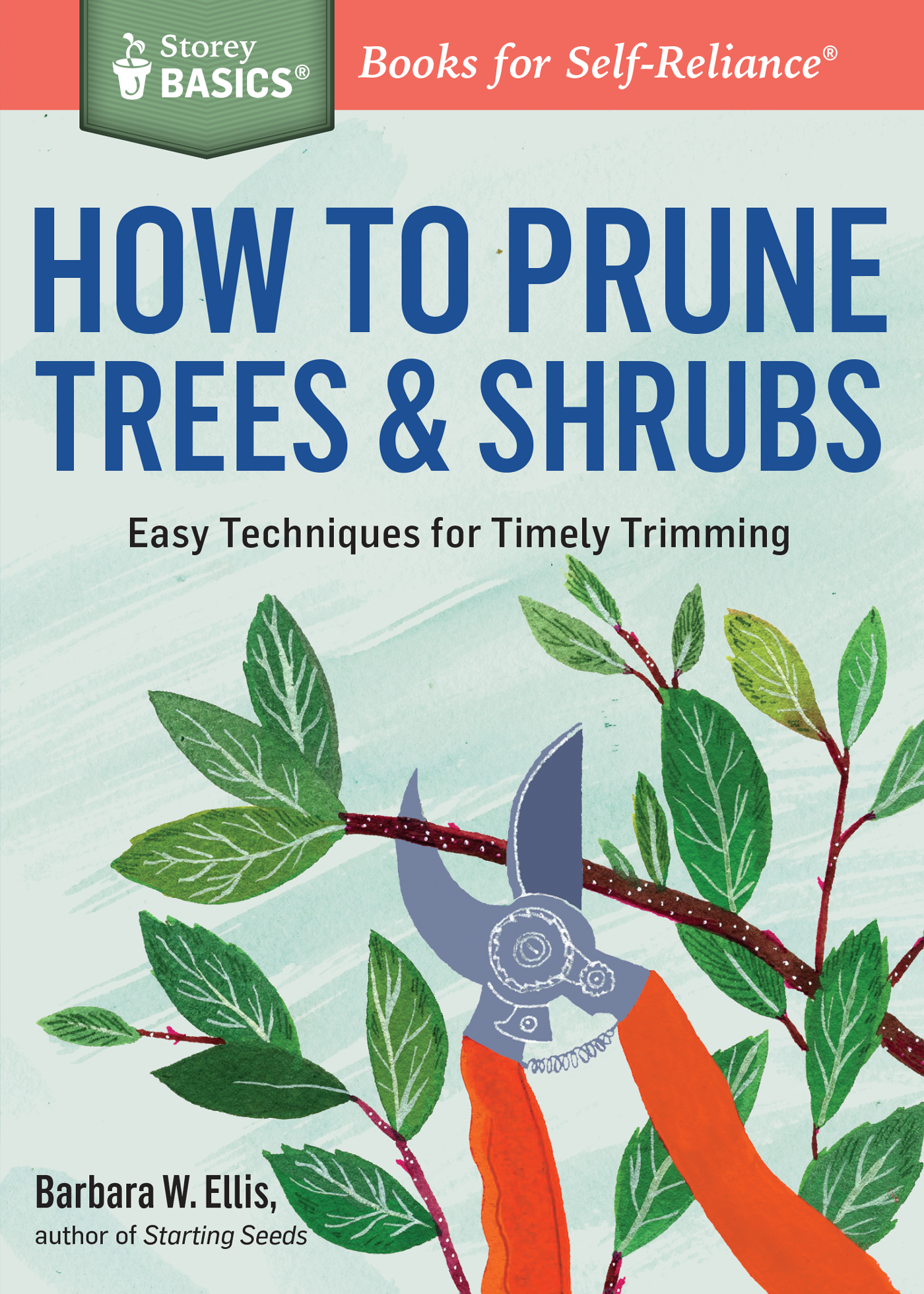Contents
Introduction
Pruning is a valuable skill that seems much more complicated than it really is. All pruning affects plant growth, whether you are removing a dead branch, eliminating growth that crowds the center of a plant, or cutting back a shrub. A few basic rules of plant biology govern the effects a pruning session has on growth, and understanding those rules will make you a much more successful, confident, and effective pruner.
Complexity arises because pruning affects both plant species and individual plants differently. Not only does the best time to prune vary from species to species, but some species can tolerate certain types of pruning while others cannot.
Plants also serve various purposes in the landscape, and purpose dictates the need for different pruning approaches. It is no wonder that figuring out where to cut and what to cut is a huge challenge. There are pruning techniques to promote flowering, create a dense plant for screening, cover an arbor, highlight ornamental bark, manage out-of-control growth, and more. Fortunately, all are based on the same aforementioned fundamental rules of plant biology.
The fundamental rules of effective pruning are simple. This book will help you master the essential aspects of pruning and develop a plan for pruning the plants in your landscape. Almost more important, though, are the simple rules that will help you avoid the need to prune at all.
Part 1, Pruning Techniques and Tools, presents information on the basic biology that underlies a plants reaction to pruning and directions on how to make and use proper pruning cuts. You will also find a guide to pruning tools and suggested pruning goals. The techniques can be applied to every plant you prune. Throughout, you will find suggestions for reducing the amount of pruning your plants need to look their best. Part 2, Pruning Plant by Plant, includes lists that provide details on what a great many trees, shrubs, fruit crops, roses, and vines require to look or yield their best.
Part one
Pruning Techniques and Tools
Once you understand the basic principles of pruning why plants react as they do to pruning and how to make proper pruning cuts you are well on your way to being able to prune any plant, even if you are not sure of its identity. You will also be able to tell when pruning is not needed.
The basics of good pruning are the same whether you are attending to a tree, a shrub, or any other woody plant. Although the sizes, angles, and appearance of stems and branches vary, proper pruning cuts remain the same. The best first steps are the same as well: Identify and remove dead, diseased, and damaged wood. Next, eliminate rubbing and crossing branches. The key is to learn to effectively use the techniques presented here to foster a healthy plant with sound structure and an attractive shape.
Pruning and Plant Growth
Pruning is much more than cutting off a dead or broken tree limb or chopping back a foundation plant. Every pruning cut affects the future health, growth, and shape of the plant. Do not let this statement scare you away from tackling this essential task altogether. Instead, use it to inspire a sense of serious purpose when you pick up a pair of shears or a saw. Taking the time to prune promptly and properly helps a plant stay healthy and vigorous. Making random cuts at the wrong time of year or in the wrong place can ruin a plants shape, eliminate this years flowers or fruit, or cause wayward growth to shoot off in all the wrong directions.
Poor or misguided pruning also can create a plant that requires constant pruning attention. Despite the fact that a great many gardeners prune to make plants smaller, pruning actually promotes growth. In general, hard pruning encourages growth; in other words, the more severely you prune a plant, the more vigorously the plant responds with new growth. While intensively managed plants fruit trees are one example do end up smaller than their unmanaged relatives, this is the result of repeated pruning sessions. Badly pruned plants generally respond by producing excessive amounts of vegetative growth, making them larger than their unpruned counterparts. Excessive vegetative growth also means fewer or no flowers and often an unattractive and unruly shape.
Understanding the basic biology that underlies plant responses to pruning will help you make good pruning choices.
Many plants have distinctly different flower and foliage buds. If abundant flowers are a pruning goal, it pays to know the difference between them.
How Wounds Heal
Healing is not really the correct word to describe the process that helps a tree recover from a pruning wound or damage caused by Mother Nature. Tree wounds never heal. Evidence of every wound, infection, and injury remains written in the wood of a tree throughout its life. Instead, damaged tissue is compartmentalized or sealed off to prevent disease agents from having access to the rest of the plant. As gardeners, it is our job to make the compartmentalization process as easy and as quick as possible. To help trees and shrubs compartmentalize wounds quickly, we need to take the following steps:
Cut off branches at the main trunk or where the branch joins another branch. These are called thinning cuts. Always make for directions on making proper thinning cuts.)
To encourage branching, make cuts just above a bud or pair of buds. These are called heading cuts. Do not leave a stub above the bud, as this will provide access for disease agents. (See for directions on making proper heading cuts.)
Prune at the proper time of year. See the plant lists in part 2 for timing.
Train trees when they are still young. This establishes good structure and prevents the need to make large pruning wounds later in the trees life. Small wounds heal faster than large wounds, and wounds in young plants and young wood heal faster than they do in old wood.
Do not overprune. On healthy trees, remove 25 percent or less of the trees canopy per year. Prune unhealthy or declining trees even less pruning is stressful. Topping and other pruning methods that remove more than 25 percent of a trees canopy damage the tree and cause decline.
Do not use wound dressing on pruning wounds. Although wound dressing was once considered a pruning essential, research has shown that paints and sealers do not prevent decay (some actually foster it) and do not speed recovery from wounds.
A branch collar marks the transition between stem tissue and branch tissue. Chemicals released in the branch collar prevent disease organisms from spreading to the rest of the tree. Branch collars look different on different species of trees.

